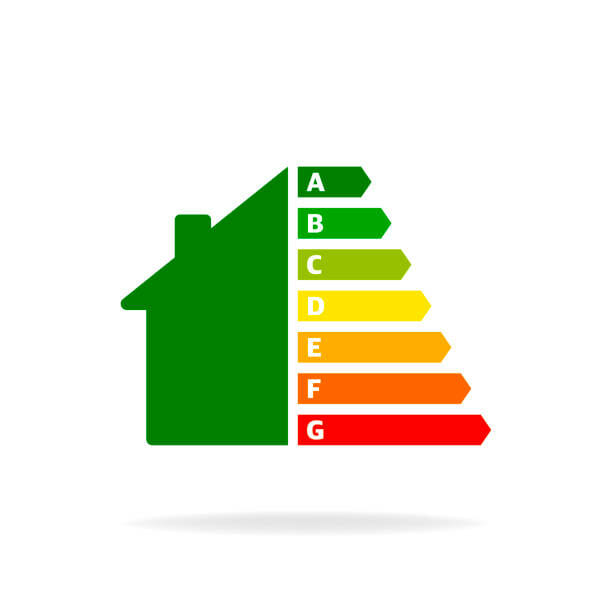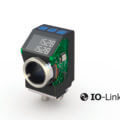With energy prices at an all-time high, reducing energy consumption is a key concern for most companies.
However, opportunities exist to make immediate energy savings – and a comprehensive plant-wide energy audit will identify them.
An ISO 11011 certified energy audit will investigate every opportunity to eliminate energy waste and ensure assets are operating at optimum productivity levels. It will also provide a solid foundation for an ongoing maintenance plan.
An audit can be tailored to your individual plant requirements. Assessments might include:
- Air leak detection
- Compressed air generation and preparation analysis
- Compressed air consumption analysis
- Pressure drop measurement
- Compressed air quality analysis
- A quick machine analysis check for energy efficiency
Where energy saving opportunities are identified – and it is rare they are not – bespoke energy efficiency options will be recommended, with detailed analysis of what savings and efficiencies they can offer.
Flow rate sensors
A flow rate sensor projects acoustic sounds into the media and measures the sound waves to determine a speed or flow rate. It can also detect the content of the media for example the gas content in fizzy drinks, pulp content in fruit juice and any solid content in CIP systems.
The CIP analysis is particularly valuable as it can assess the content to determine if the water is clean. One food company was able to significantly reduce its CIP process time after installing a FLOWave SAW (Surface Acoustic Waves) flowmeter.
The CIP process had been set to one hour, but the sensor identified that the water was clear in around 30 minutes. This not only reduced the required cleaning time, saving energy, but also dramatically reduced water consumption, which provided a six-month payback period and future cost savings.
Data logging systems
Recording and analysing your equipment’s air usage identifies patterns and anomalies in the system’s performance, indicating how and where energy savings can be made.
Electric automation integration
Not all compressors work best on pneumatic systems. If analysis of your compressor indicates that electric automation would improve energy efficiency, this can be integrated into your existing machines and systems.
Pneumatic system efficiency
A number of high and low tech solutions are available which can conserve compressed air and reduce energy use:
- Optimise component size – some companies are using components which are twice the size required. This means the air cylinder is also too big, exhausting air unnecessarily. By ensuring components are optimised to the specific application will save energy and money.
- Identify working strokes – Dependent on the application, an air cylinder might require six bars of pressure to push a packaged product weighing 50kg off a conveyor belt, but only 1kg of pressure to return the cylinder. Your application can be programmed to ensure the pressure is customised to operational need, preventing ‘non-working’ air consumption.
- Regulate air supply – Why pump air to a machine which is switched off? It sounds like a highly logical action but it is often overlooked. The solution can be as simple as installing a device which automatically shuts off the air supply when a machine isn’t running; or a digital system can be programmed to respond to inactivity and avoid a waste of air.
- Air Blowers – Air Blowers are often left on 24/7, regardless of demand. However, a blower can be programmed, for example, to operate only when required or in pulse mode, if that is all that is required. One Thorite customer saved £100,000 a year in energy costs simply by installing a sensor and optimising the blowing process across all production lines.
- Identify and isolate pressure needs – By identifying the actual force required within the process actuators, it is often possible to isolate specific zones where pressures can be lowered to reduce energy consumption.
Voltage optimisation
Due to EU-wide voltage standardisation in the 1990s, some factories are now being over-supplied with energy from the national grid. If your assets are operating on a higher voltage than required, not only can their reliability be impaired due to increased temperature and vibration levels, but you are also paying higher energy bills than necessary.
The audit will calculate whether your assets can operate more effectively on a lower voltage and determine whether installing a voltage optimiser to regulate input could save on both energy bills and maintenance costs.
A major food producer which installed a GWE Eco-Max Power voltage optimiser achieved a reduction in energy consumption of 463,176 KWh a year, reducing annual electricity costs by £40,226.84. It also achieved a reduction in CO2 emissions totalling 243 tonnes a year.
Smart systems
Customised smart systems control panels can be designed and installed. These offer specific optimisation to ensure high productivity and efficiency for process-driven enterprises.
Air manager controllers
Simple software upgrades allow the master controller in your compressors to be expanded without the need for further hardware investment, making air generation more intelligent, dependable and efficient.
Cost benefits
Even when energy prices are not at peak levels, the cost of carrying out a comprehensive energy audit is marginal when compared to the immediate savings that can be made. The outlay can be quickly offset by reduced energy consumption and the return on investment is likely to be months rather than years.
Additional, less immediately calculable savings can be gained, from improved asset reliability and lifespan, reduced downtime and a maintenance programme which can therefore be less reactive and more purposeful.
Air leak detection surveys remain a valuable means of reducing energy costs and improving plant reliability. However, when employed as part of a comprehensive energy audit, they become an even more important element in the cost, reliability and sustainability jigsaw.








